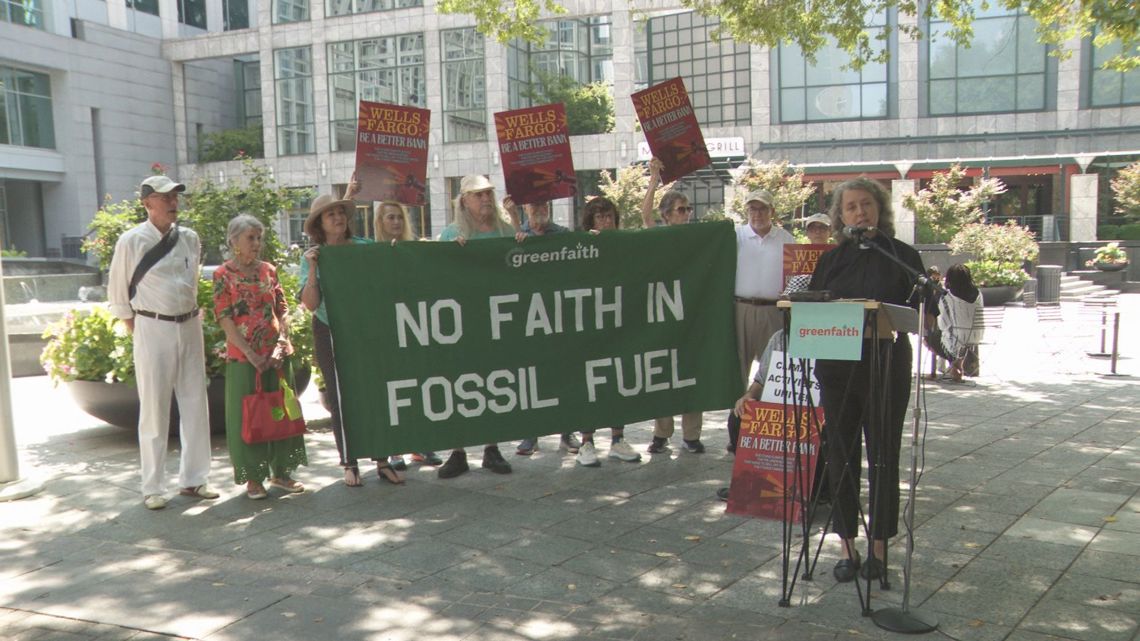The largest US bank said in this year’s climate report published Thursday that it plans to reduce the carbon intensity of its aviation financing portfolio by 36% by 2030 from a 2021 baseline. In the same period, JPMorgan said it aims to cut the carbon intensity of funding to iron ore and steel companies by 31%, and by 29% for cement sector financings.
“This is proof that we are doing the work we need to do, setting a foundation with clients on climate and making progress on the promises we made,” said
The latest targets follow on from the bank’s
JPMorgan said the six sectors covered by the bank’s 2021 and 2022 reduction targets account for the majority of global emissions. The bank’s new targets are intended to align with the International Energy Agency’s net zero by 2050 scenario.
“When a bank of our size sets those targets, given our role in the economy, that matters,” Zichal said. “It helps put those sectors on track and supports the work of our clients to decarbonize as well.”
The research partnership Climate Action Tracker reported last month that the world is on course to warm by
“There is no silver bullet to meet the world’s energy and climate goals,” Dimon wrote in the bank’s climate report. “But we can start by prioritizing emissions reductions, developing meaningful short- and long-term goals and crafting innovative policy solutions. The curve toward net zero can still be bent before it’s too late.”
JPMorgan will have to do a lot of heavy lifting to achieve its goals. That’s because since the Paris climate agreement was signed at the end of 2015, the New York-based bank has provided more finance to the fossil-fuel industry than any other company, data compiled by Bloomberg show. And while this year it ranks as the sixth-largest arranger of loans and bond sales for oil, gas and coal companies — behind lenders including Wells Fargo & Co. and RBC Capital Markets — JPMorgan has still helped the industry raise about $20 billion this year.
JPMorgan’s continued fossil-fuel funding has attracted protestors from
Climate activists have said intensity targets are a “cheap accounting trick” because they allow banks to keep financing the expansion of fossil fuels rather than taking steps to phase them out. A United Nations-appointed panel of expertstasked with defining whether climate targets have integrity said in November that companies and financial institutions should focus on cutting
“For our purposes, intensity-based metrics provide the most decision-useful way to evaluate clients progress against climate scenarios,” Zichal said. “There are going to be critics on all sides. Our job is stay focused on what we have committed to: our Paris-aligned commitments and these new sectoral targets.”
And to give a first feel of how it is delivering on its emissions-reductions goals, JPMorgan said at the end of June, just over a year after setting its first target in May 2021, the emissions intensity of its oil and gas portfolio “remains flat.” For the power sector though, the bank reported a 22% decrease in emissions intensity and a 10% reduction for auto manufacturing.
To contact the author of this story:
To contact the editor responsible for this story:
© 2022 Bloomberg L.P. All rights reserved. Used with permission.
Source: news.google.com







